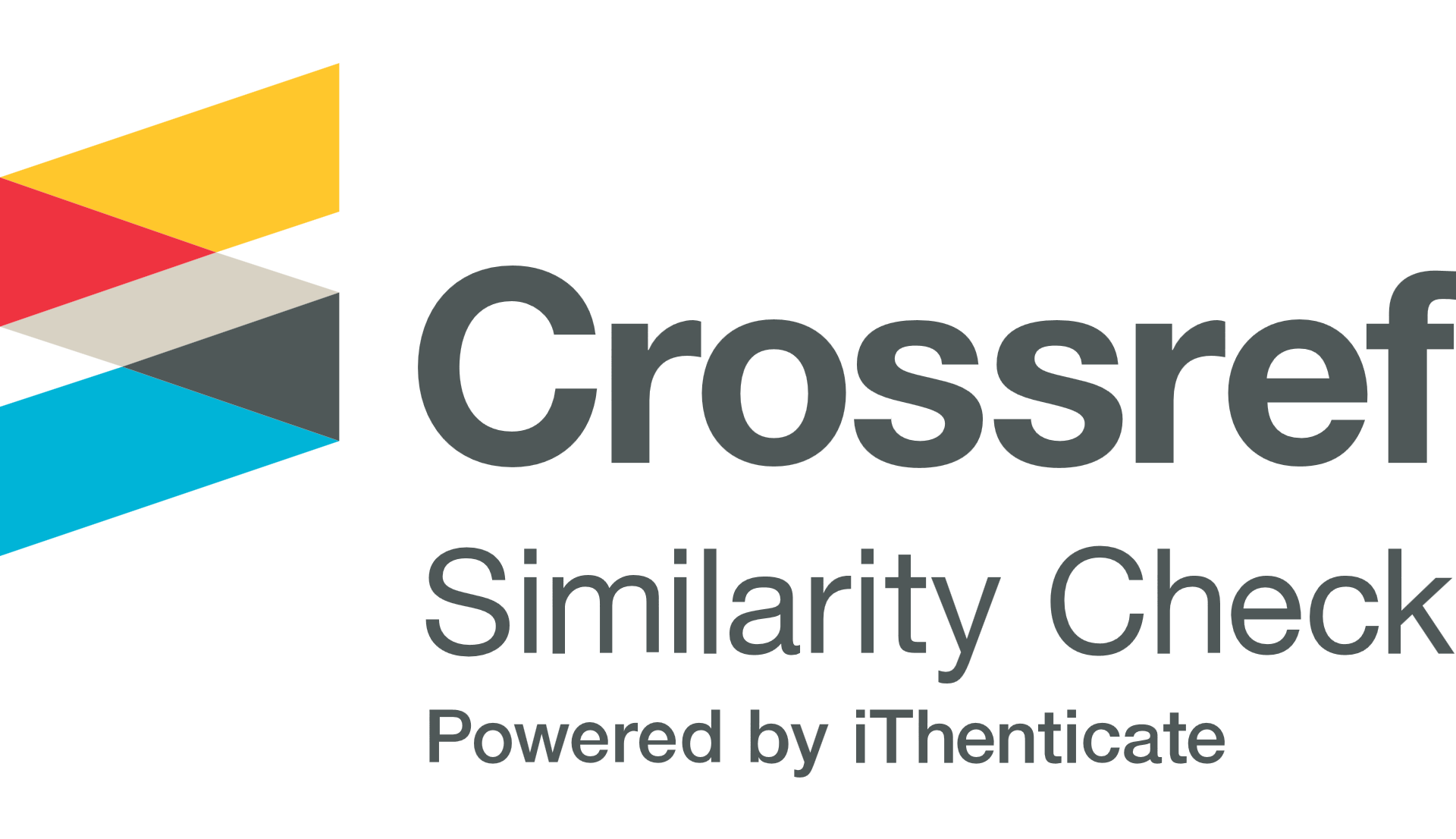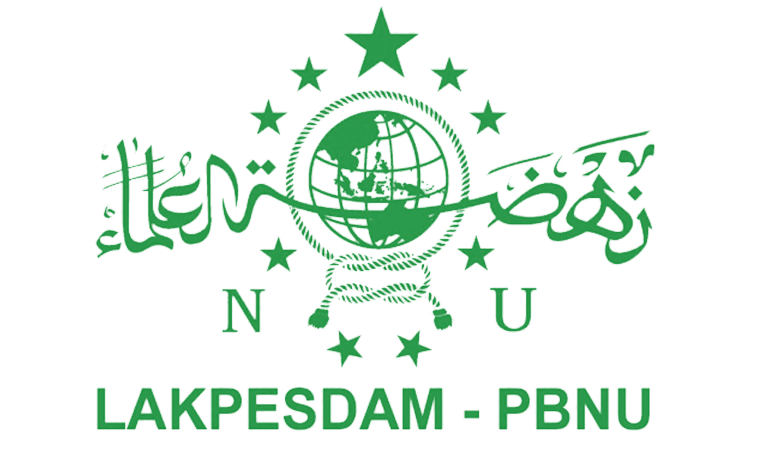ESCHATOLOGY AND PROPHECY: AN INTERTEXTUAL STUDY OF FAFIRRU ILALLÄH WORK
DOI:
https://doi.org/10.31969/alq.v30i1.1400Keywords:
Eschatology, Javanese- Islamic prophecy, Inter-textuality, Fafirr IlallahAbstract
The Fafirru Ilallah is a Javanese texts contains the elements of eschatology and prophecy. The text indicates an acculturation between Javanese-Islamic eschatological work that explains Islamic eschatology. The acculturation makes the eschatological explanation in Fafirru Ila Allah nuanced in Islam and nuances of local culture to deal with actual societal challenge.This article aims to describe the content and the message of the text as well as to carry out intertextual analysis of the text with others. The article answers three main problems, namely the content of Fafirru Ila Allah, the message of it and intertextual link between the text with other prophetic literature. This paper uses an inter-textual and an intrinsic approach simultaneously.This paper reveals that Fafirru Ila Allahwork elaborates great apocalypse (qiyama kubra) and great apocalypse (qiyama sughra) in the lights of Islamic sources as well as local Javanese prophecy as contained in Serat Jayabaya, the Prophecy of Seh Subakir and the prophecy of Ranggawarsita. The work hints the vision of social control by providing the depiction of social crisis and how moslems such deal with it. The article, however, does not further discuss on pragmatical aspects of the texts or how it is received by Javanese readers.References
Al-ʿĀrifī, Muhammad ʿAbd al-Rahmān. 2012. al-‘Ālam al-Ākhir, Aḥdāth al-Qiyāmah al-Sughrā wa al-Kubrā wa Mā Ba‘dahā bi al-Ṣuwar wa al-Tawd}īhāt min al-Qur’ān wa al-Sunnah al-Saḥīhāh. Riyad}: Dār al-Tadmuriyyah
Al-‘Asyqar, ‘Umar Sulaimān. 1991. al-Qiyāmah al-Sughrā wa ‘Alāmāt al-Qiyāmah al-Kubrā. ‘Ammān: Dār al-Nafā’is dan Kuwait: Maktabah al-Falāh
Any, Andjar. 1989. Rahasia Ramalan Jayabaya, Ranggawarsita dan Sabda Palon. Semarang: Aneka Ilmu
Asghari, Bibiaghdas and Annapurna M. 2011. “Contrastive Study of “Time” in Iranian-Indian Mythology”. Antrocom Online Journal of Anthropology. 7 (1): 19-29. https://doi.org/10.31826/978146323541
-003
Bohnsack, Ralf. 2014. “Documentary Method.” In Uwe Flick. The SAGE
Handbook of Qualitative Data Analysis. Los Angeles: SAGE
Carey, Peter. 2009. Asal Usul Perang Jawa: Pemberontakan Sepoy dan Lukisan raden Saleh. Yogyakarta: LKiS
Dirjosuwondo, Yanto. 1983/ 1984. “Mitos Ratu Adil Jawa sebagai Usaha Memberikan Motivasi Penyatuan Kembali Kerajaan Janggala dan Kediri.”Jurnal Analisi Kebudayaan Departemen Pendidikan dan Kebudayaan Tahun IV, Nomor 1
Endraswara, Soewardi. 2015. Agama Jawa: Ajaran dan Aasal Usul Kejawen. Yogyakarta: Narasi-Lembu Jawa
Faiclough, Norman. 1995. Critical Discourse Analysis: The Critical Study of Language. Essex: Longman Group Limited
Fanani, Ahwan. 2008. Struktur Isi dan Konteks Sosial Teks dan Naskah Pralambang. Semarang: Penelitian individual tidak diterbitkan
Fikri, Ibnu. 2015. “Naskah Shahadat Sekarat: Konstruksi Nalar Sufistik atas Kematian dan Eskatologi Islam di Jawa”. Manuskripta 5 (2): 303-326. https://doi.org/10.33656/manuskripta.v5i2.45
Hakim, Manshur Abdul. 2006. Kiamat: Tanda-Tandanya menurut Islam, Kristen dan Yahudi diindonesiakan oleh Abdul Hayyi al-Kattani dan Uqinu Attaqi dari “Asyarah Yantadziruha al-Alam inda al-Muslimin wa al-yahud wa al-Nashara”, Jakarta: Gema Insani
Hamzah, Asni Zubeir, and Satriadi. 2023. “The Relevance Of The Buginese Local Wisdom Values To Religious Moderation.” al-Qalam, 29 (1): 185-191. http://dx.doi.org/10.31969/alq.v29i1.1173
Junaidi, Akhmad Arif. 2007. Eskatologi Islam Jawa; Pemikiran Mundzir Nadzir tentang Prosesi dan Tanda-Tanda Kiamat dalam Kitab Fafirru Ilallah. Semarang. Penelitian DIPA IAIN Walisongo
Kartodirdjo, Sartono. 1984. Pemberontakan Petani Banten 1888, Kondisi, Jalan Peristiwa, dan Kelanjutannya: Sebuah Studi Kasus mengenai Gerakan Sosial di Indonesia. Jakarta: Pustaka Jaya
Lombard, Denys. 2005. Nusa Jawa, Silang Budaya: Warisan Kerajaan-Kerajaan Konsentris. Jakarta: Gramedia Pustaka Utama, Forum Jakarta-Paris dan EFEO.
Mason, Jessica. 2019. Intertextuality in Practice. Amsterdam: John Benjamins Publishing Company Mufid. KRT Husnu. 2013. Pembabaran Syekh Subakir di Tanah Jawa dan Ajarannya. Surabaya: Menara Madinah
Mulder, Niels. 2001. Mistisisme Jawa: Ideologi di Indonesia. Yogyakarta: LKiS
Nadzir, Mundzir. No Year. Fafirrū Ilallāh. Surabaya: Maktabah Ahmad Nabhan
Nasrudin. No Year. “Qawaid al I’lāl fi al-Ṣarf, Kitab Kecil tentang berbagai Perubahan Kata Bahasa Arab.”www.datdut.com
Noor, Redyanto. 2015. Pengkajian Sastra. Semarang: FASindo
Nurgiyantoro, Burhan. 2002. Teori Pengkajian Fiksi. Yogyakarta: Gadjah Mada University Press
Nurtawab, Erva. 2011. “The Problems of Translation in Turjumān al-Mustafīd: A Study of Theological and Eschatological Aspects. Studia
Islamica. 18 (1): 33-66. : https://doi.org/10.15408/sdi.v18i1.440
Olthof, W.L. (1987). Babad Tanah Jawi (Poenika Serat Babad Tanah Djawi Wiwit Saking Nabi Adam Doemoegi ing Taoen 1647. Leiden. KITLV
Poerwadarminta. W.J.S. 1939. Baoesastra Djawa. Batavia: J.B. Wolters’ Uitgevers Maatschappij N.V.
Ranggawarsita, R.Ng. 2017. Zaman Edan. Translated into Indonesia by Ahmad Norma. Yogyakarta: Narasi Salabī, Musṭafā Abū al-Naṣr Al-. 1994. Ṣahīḥ Asyrāṭ al-Sā‘ah wa Waṣf li Yawm al-Baʿth wa Aḥwāl Yawm al-Qiyāmah. Jeddah: Maktabah al-Sawādī li al-Tawzīʿ
Sasmita, Gusti Garnis; Hermanu Joebagio, and Sariyatun. 2018. “Serat Jangka Jayabaya: Relasi Sastra, Sejarah dan Kolonialisme” Jurnal History, 6 (2): 391-402. http://dx.doi.org/10.24127/hj.v6i2.1447
Setyowati, Novi et.al. 2017. “Kajian Eskatologi Islam dalam Syair Ibarat dan Khabar Kiamat.” Jurnal Smart 3 (2), December: 219-230.
http://blasemarang.kemenag.go.id/journ al/index.php/smart
Soembogo, Wibatsu Harianto. No Year. Kitab Primbon Quraisyn Adammakna (Serat Jangka Jayabaya). Solo: CV Buana Raya
Stolley, Kathy S. 2005. The Basics of Sociology. Wesport: Greenwood Press
Subekti, Arif. 2021. “Messianisme dalam Gerakan Sosial-Keagamaan di Indonesia.” Historiography: Journal of Indonesian History and Education. 1 (2): 193-203. http://dx.doi.org/10.17977/um081v1i22
p193-203
Sulistyo, Hermawan. 1997. Forgotten Years: The Missing History of Indonesia’s Mass Slaughter (Jombang-Kediri 1965-1966). A Diseertation in Partial Fulfillment of the Requirements for the
Degree Doctor of Philosophy Arizona
State University
Suryono, Djoko. 2011. Sosok Nilai Budaya Jawa: Rekonstruksi Normatif-Idealistis. Malang: Aditya Media Publishing
Tanoyo, Raden. 1940. Djangka Djajabaja Sech Bakir. Solo: Sadoe-Boedi
Additional Files
Published
Issue
Section
License
Authors who publish with this journal agree to the following terms:
- Authors retain copyright and grant the journal right of first publication with the work simultaneously licensed under Creative Commons Attribution-NonCommercial-ShareAlike 4.0 International License that allows others to share the work with an acknowledgement of the work's authorship and initial publication in this journal.
- Authors are able to enter into separate, additional contractual arrangements for the non-exclusive distribution of the journal's published version of the work (e.g., post it to an institutional repository or publish it in a book), with an acknowledgment of its initial publication in this journal.
- Authors are permitted and encouraged to post their work online (e.g., in institutional repositories or on their website) prior to and during the submission process, as it can lead to productive exchanges, as well as earlier and greater citation of published work (See The Effect of Open Access).















